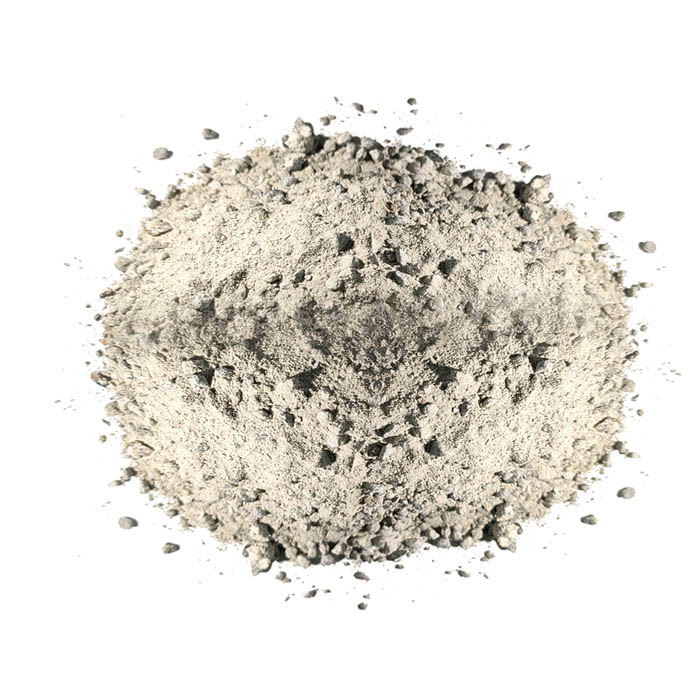Aug . 11, 2024 05:26 Back to list
Exploring Factors Influencing Oxidation Resistance in Industrial Manufacturing Processes and Materials Techniques
Understanding Resistance to Oxidation in Industrial Applications
Oxidation is a fundamental chemical reaction that occurs when materials, especially metals, react with oxygen, leading to corrosion and degradation over time. In industrial applications, the resistance to oxidation is a crucial factor determining the longevity and reliability of materials used in various environments. This article explores the significance of oxidation resistance, the factors influencing it, and how factories can enhance the performance of their products through advanced technologies.
The Importance of Oxidation Resistance
Oxidation can lead to the formation of oxides, which often weaken structural integrity and reduce the effectiveness of materials. For example, in the automotive and aerospace industries, components must withstand extreme temperatures and harsh environments. Without proper oxidation resistance, metal parts can fail prematurely, resulting in costly repairs and safety hazards. Therefore, industries emphasize the importance of selecting materials with high resistance to oxidation.
Factors Influencing Oxidation Resistance
Several factors influence a material's resistance to oxidation, including
1. Material Composition The inherent properties of a material heavily influence its oxidation resistance. For instance, stainless steel, which contains chromium, forms a protective oxide layer that prevents further oxidation. Alloying elements can significantly improve a metal’s resistance to oxidation, making material selection critical in manufacturing.
2. Temperature Oxidation rates generally increase with temperature. At elevated temperatures, the diffusion of atoms in solid metals can lead to faster reaction rates with oxygen. Therefore, materials utilized in high-temperature environments must have superior oxidation resistance to mitigate wear and failure.
resistance to oxidation factory

3. Environment The presence of corrosive agents, such as salts and pollutants, can accelerate oxidation processes. Factories operating in harsh environments, such as coastal regions or chemical manufacturing sites, must account for these factors when selecting materials for their products.
4. Surface Treatments The application of coatings or surface treatments can significantly enhance oxidation resistance. Techniques such as anodizing, galvanizing, or using specialized paints create a barrier between the material and the environment, slowing down the oxidation process.
Advancements in Technology
To improve oxidation resistance, factories are increasingly turning to advanced materials and technologies. Innovations in material science, such as the development of high-performance alloys and ceramics, provide enhanced properties tailored for specific applications. For example, heat-resistant superalloys are used in jet engines and gas turbines, where their ability to maintain mechanical strength at elevated temperatures is crucial.
Moreover, nanotechnology is revolutionizing the field of oxidation resistance. By manipulating materials at the nanoscale, engineers can create coatings that not only prevent oxidation but also improve other mechanical properties such as hardness and wear resistance. These advancements enable manufacturers to produce components that are lighter, stronger, and more durable.
Conclusion
In conclusion, resistance to oxidation is a vital consideration for industries that rely on the performance and durability of their materials. Understanding the factors that contribute to oxidation and investing in advanced technologies can significantly enhance the lifespan and reliability of products across various sectors. As industries continue to innovate and adapt, the development of materials with superior resistance to oxidation will remain a key focus, ensuring safety and efficiency in applications that serve the modern world. By prioritizing these advancements, factories can not only improve their product quality but also contribute to sustainability efforts by reducing waste and resource consumption associated with material degradation.
-
High-Quality Fe-C Alloy Leading Manufacturers & Spherical Alloy Materials Supplier
NewsJun.10,2025
-
Premium Low Nitrogen Recarburiser Supplier & Manufacturer – High Quality Exporters
NewsJun.10,2025
-
DT4 High-Quality Magnetic Materials Leading DT4 Manufacturer & Supplier
NewsJun.10,2025
-
High-Performance Spring Steel Suppliers Custom Solutions
NewsJun.10,2025
-
Premium SWRCH6A Manufacturer Steel Wire Supplier & Factory
NewsJun.10,2025
-
Premium Mild Steel Wire Rod Supplier & Manufacturer
NewsJun.10,2025
